Traditional culture and hot springs of the Aizu Region
by Raina, staff writer of japan-guide.com
| previous post |
| next post |
2015/08/19 - Traditional culture and hot springs of the Aizu Region
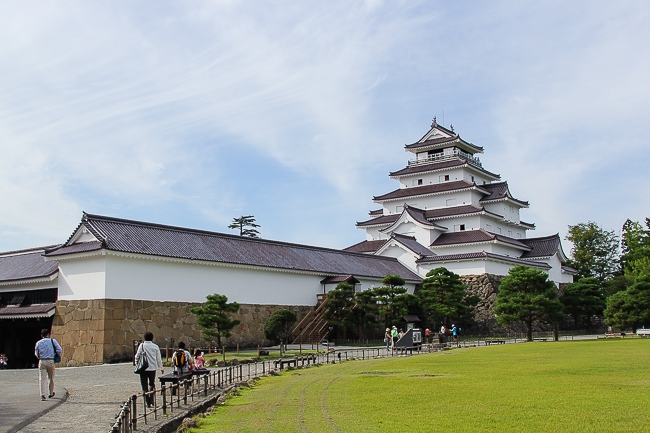
Today I joined a two day one night tour offered through Good Luck Trip <Diamond-Big Co.,Ltd> to the Aizu region in Fukushima Prefecture. Aimed at revitalizing the Tohoku Region, this tour took me to a number of sites in the Aizu area where I also got to participate in a handful of activities over the two days, and stay overnight at a ryokan in the Aizu-Higashiyama Onsen area.
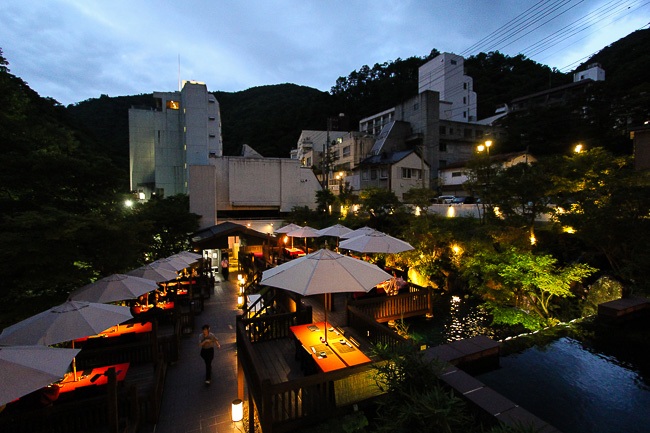
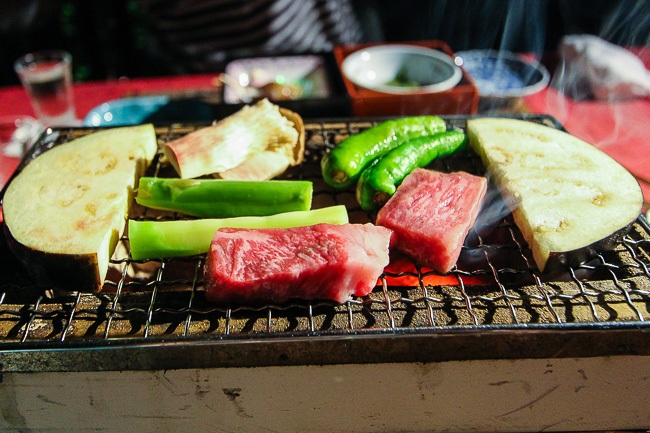

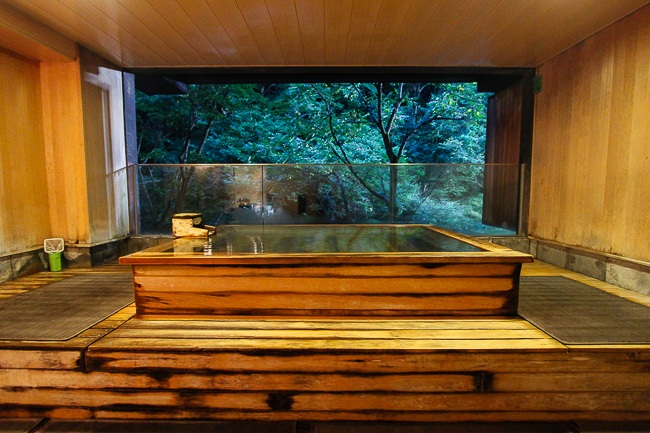
Fukushima is home to about 70 sake breweries, and I had the opportunity to visit two of them while in Aizu. Tsurunoe was the smaller, traditional brewery with over 200 years of history, while Aizu Homare was a much larger and modern, 100 year old brewery. While the basic sake making process was largely the same, it was interesting to see the different facilities and the scale the alcoholic beverage is made at the two places. As sake is typically made from November through to March, neither brewery was making any sake when we were there, and most of the action was happening on the packing and shipping side. Both breweries have their own award winning labels, and from what I've heard, it is more difficult to win the top prize in the prefectural sake competition compared to a national one. As with any brewery tour, the highlight for me was the tasting at the end.

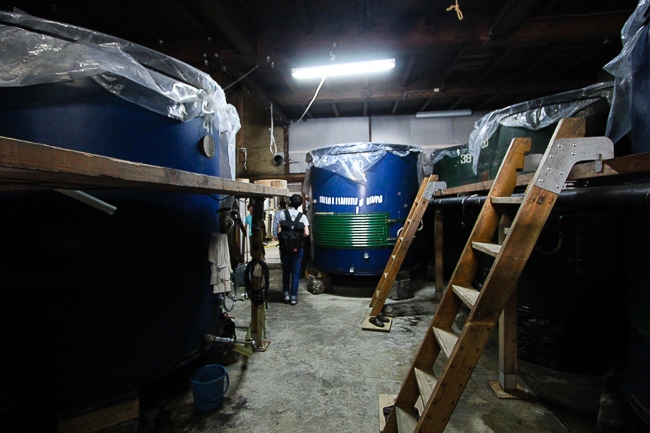
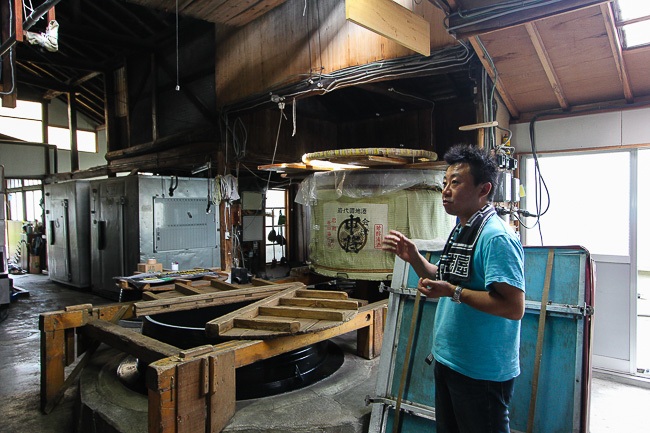
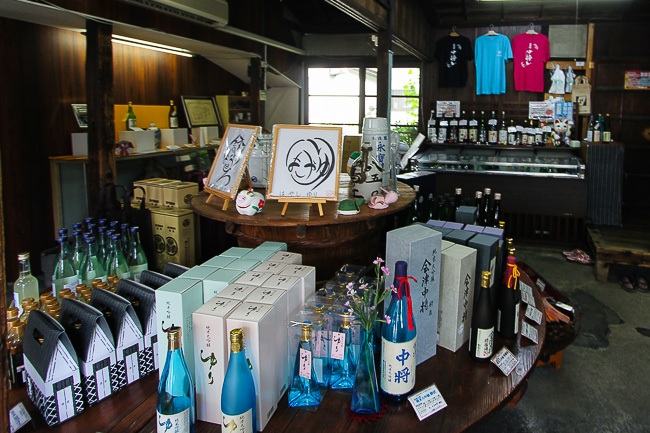
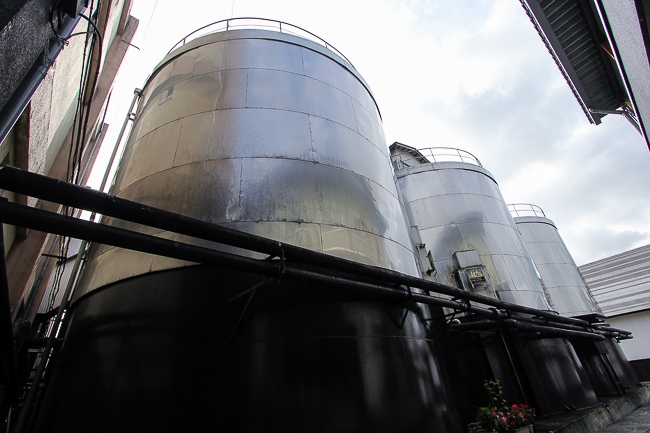
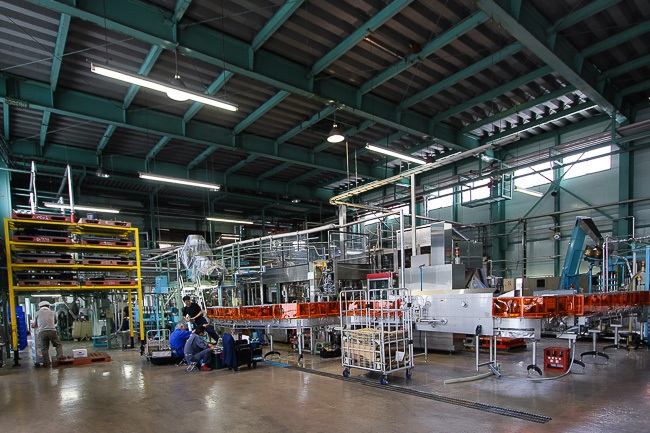


As this trip was in the middle of August, we were fortunate enough to be able to visit the sunflower fields at Minokura Highland. Roughly two million sunflowers were planted across the fields, and were a sight to behold. We spent sometime walking around the fields surrounded by the flowers and admiring the view of the town from above. The sunflower festival is usually held for a month from early August to early September.

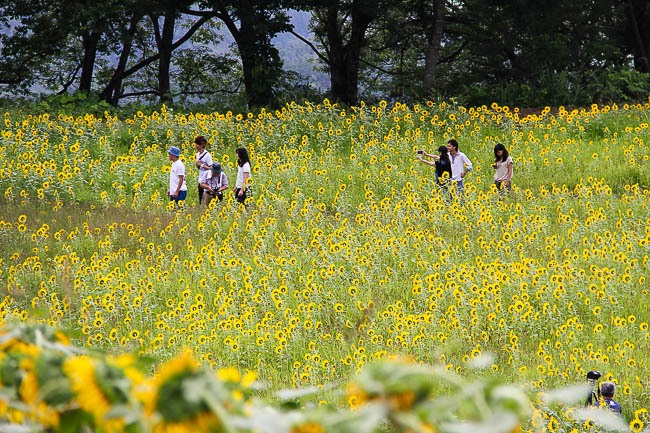
We also had a chance to eat Kitakata Ramen, a local speciality. It seems that the ramen shops here open early as the locals prefer ramen in the morning than later at night. We went to one of the more popular stalls and waited in line for about 30 minutes, despite being there relatively early at 11:00.



Over the two days, we visited a number of cultural sightseeing spots. Aizu Daibutsu (Aizu Buddha) at Kanjo Temple, a 2.4 meter tall sitting Buddha carved out of wood and an important cultural property. Tonohetsuri, a series of cliffs that resemble pagodas, cut out of rock over many years of exposure to the elements. Tsuruga Castle, a concrete reconstruction built in 1965, and now a museum displaying the castle's history.
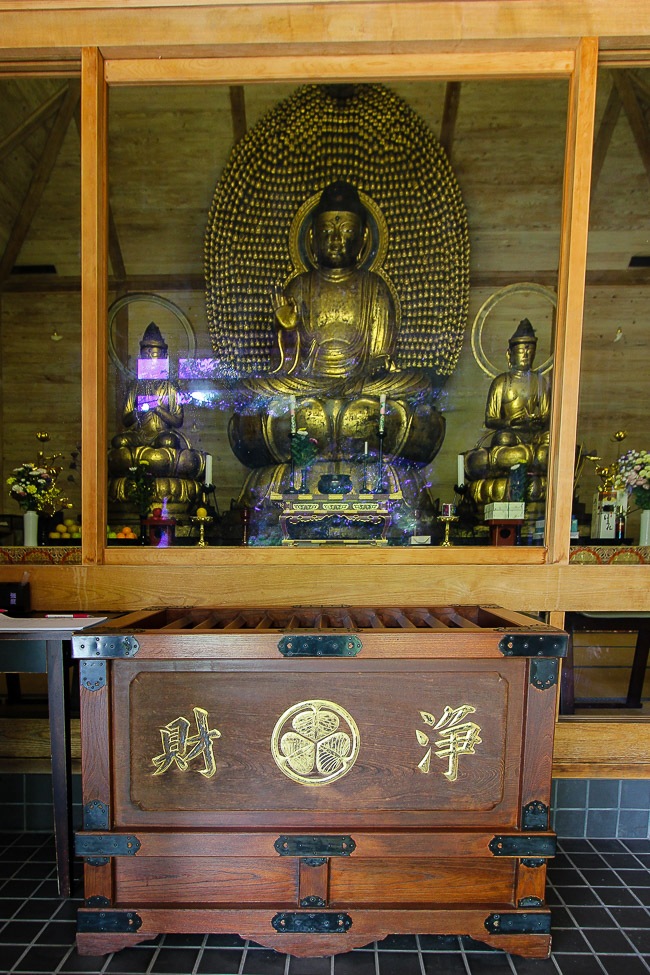
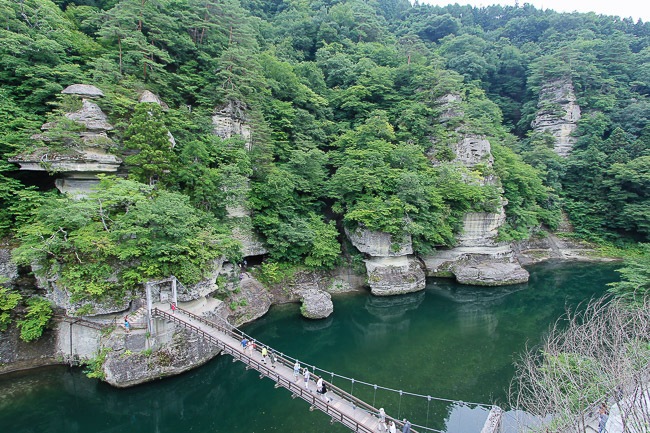

One of the major spots we went to on this trip was Ouchijuku, a post town along the Aizu-Nishi Kaido trade route. The post town has been restored to look as it did in the Edo Period, with thatched roofs, unpaved roads and with no power lines to be seen. Many of the buildings there now have been repurposed as restaurants, souvenir shops and minshuku. We spent a few hours walking through the post town, visiting the former Honjin which was the main inn for high ranking officials, and having a negisoba (soba with a huge leek) lunch at one of the restaurants. On the way back towards Aizu-Wakamatsu, we stopped by the quaint Yunokami-onsen Station. The station was designed to resemble the thatched houses and even has a fireplace (irori) inside.
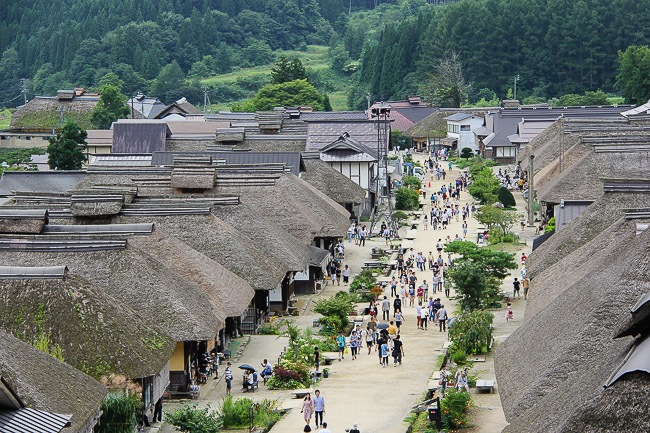
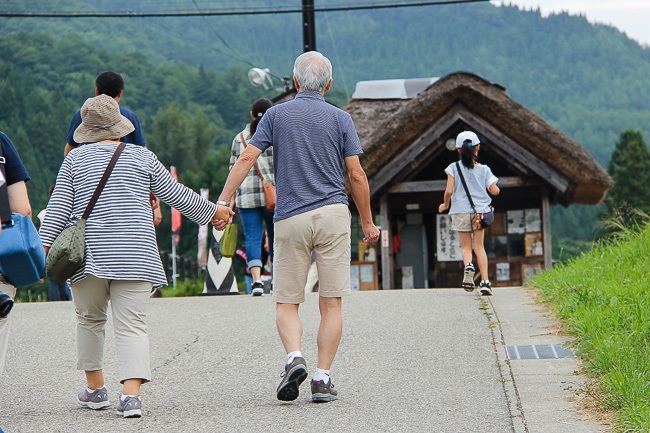
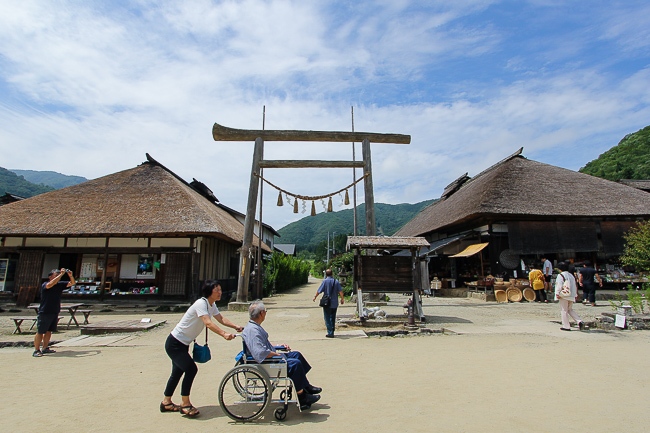
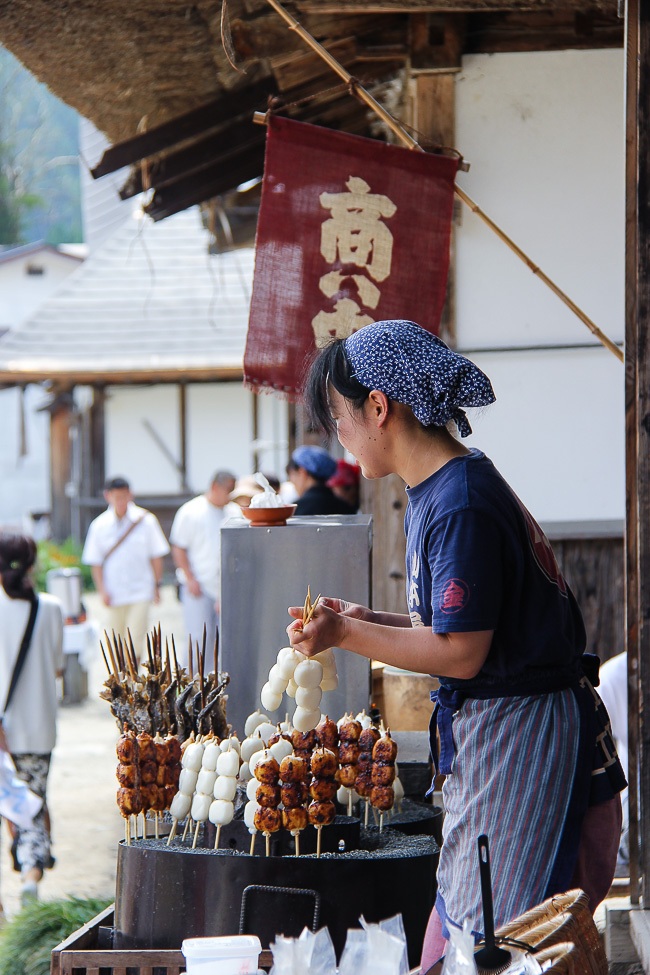
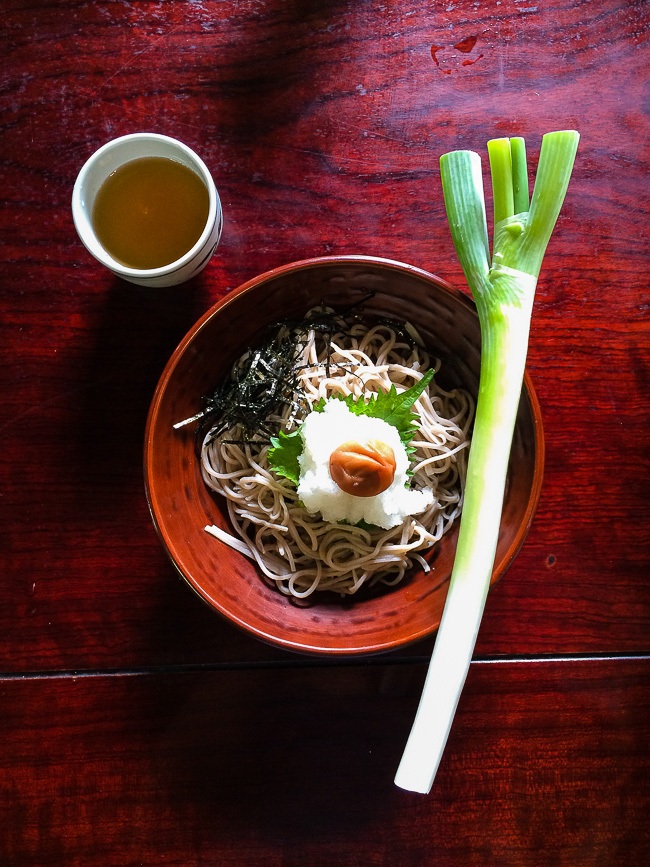
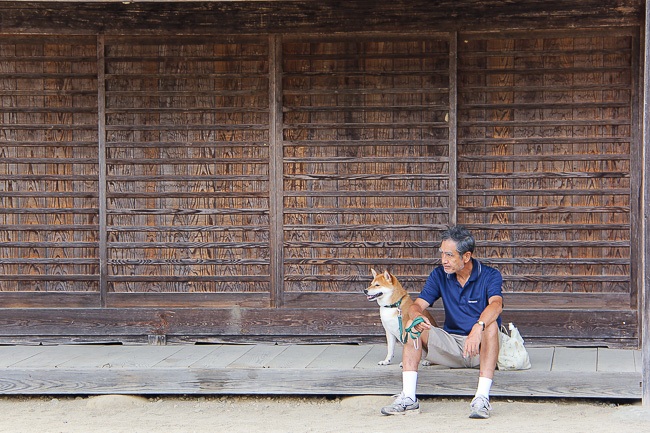
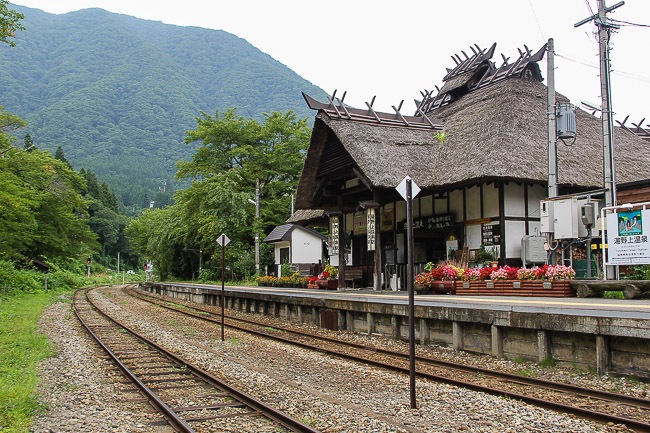
Activities which I participated in over the two days included a ceramics workshop which also included a tour of a nearby noborigama (a wood fired kiln) and the opportunity to make a ceramic cup, with the finished product would be posted to me at a later date, and painting designs on candles at the candle store along Nanokamachi Shopping Street which was also very pleasant to walk along as it had many traditional looking storefronts. I also got to pick peaches at a peach orchard where it was all-you-can-eat peaches for 700 yen. Most people manage to eat between one to three peaches each. Having grown up in the city and nowhere near orchards, I was a little worried of squishing the delicate peaches when plucking them and was surprised to learn that they were firm like apples.








| previous post |
| next post |


